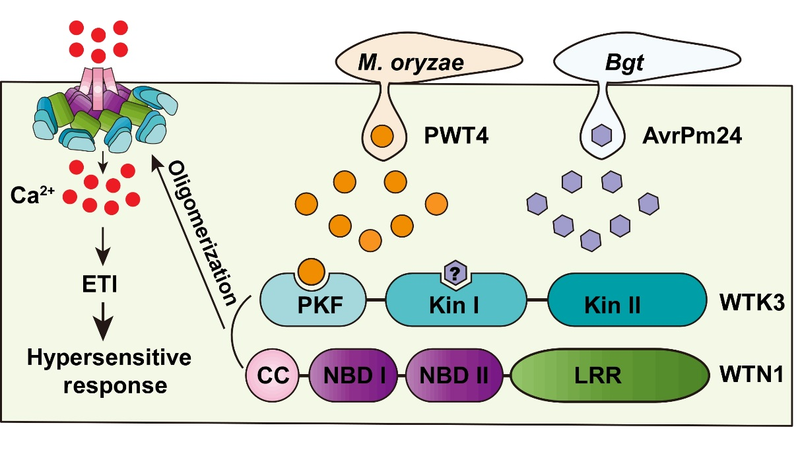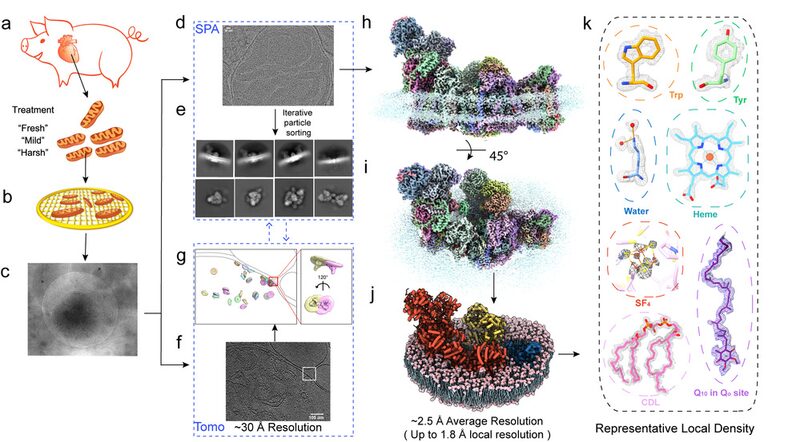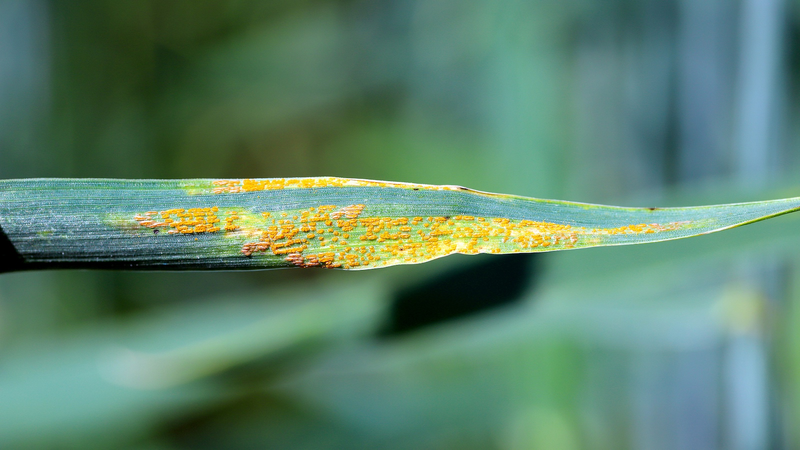Scientists in China have unlocked a groundbreaking mechanism in wheat immunity, offering a potential revolution in combating crop diseases. A collaborative team led by Professor Liu Zhiyong from the Chinese Academy of Sciences identified how tandem kinase proteins partner with an atypical NLR protein, WTN1, to detect pathogens and trigger immune responses against multiple fungal threats. Published in Science, the discovery centers on the WTK3-WTN1 protein pair, which activates defense mechanisms against wheat powdery mildew and wheat blast—two devastating global agricultural challenges.
The research addresses critical gaps in understanding how crops naturally resist pathogens, building on prior breakthroughs in cloning resistance genes like Pm24 and Pm36 from Chinese wheat landraces. By revealing the sensor-executor cooperation model between WTK3 and WTN1, scientists now have a blueprint for engineering crops with durable, broad-spectrum disease resistance.
This advancement holds implications for global food security, particularly as wheat accounts for 20% of humanity’s calorie intake. Agricultural experts suggest the findings could reduce reliance on chemical fungicides and accelerate the development of climate-resilient crops. Researchers emphasize the model’s adaptability, noting its potential application in barley and other staple grains facing similar pathogen threats.
The collaboration between institutions like Yazhouwan National Laboratory and Nanjing Normal University highlights China’s growing leadership in agricultural genomics. With global wheat production losses from fungal diseases exceeding $60 billion annually, this discovery marks a critical step toward sustainable farming practices and stabilized food systems across Asia and beyond.
Reference(s):
Scientists uncover novel immune mechanism of wheat tandem kinase
cgtn.com








